
After picking 7 types of vegetables, remember to keep the branches and stick them in the ground to have vegetables to eat all year round
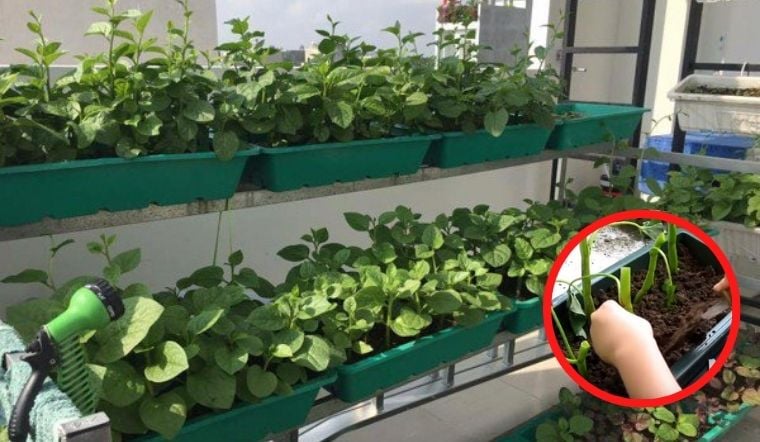
Usually, after picking vegetables, we tend to throw away the stems. However, for these types of vegetables, if you plant the stems in the soil, you can have fresh vegetables to eat all year round.
Mong Toi
Mong Toi is an easy-to-grow vegetable that is resistant to pests and can be propagated from stems. In fact, this method helps the plant grow rapidly. To propagate Mong Toi, choose healthy stems with young leaves or buds.
Plant the stems in a nutrient-rich potting soil, spacing them about 10 cm apart. Place the pot in a shaded area, and when the stems have rooted and new leaves appear, move them outside for further growth. Remember to water the plants well to ensure optimal growth.
Dai
Dai is a vegetable rich in vitamins and minerals, providing many health benefits. It is also one of the vegetables that can be grown by stem propagation. This method is very effective and does not require much care.
Choose sturdy, healthy Dai plants and cut off any large leaves, leaving the young buds or leaves. Then, soak the stems in water, ensuring the water level is just 2-3 cm above the stem base. After about 10 days, when new roots grow from the stem, plant them in the soil. In about 2-3 weeks, you can harvest the vegetables.
Water Spinach
Water spinach can be grown either by seeds or stem propagation. You can grow them in a garden bed, pot, or container. To propagate by stem, first remove all leaves from the stem to encourage root growth and faster harvesting.
Plant the water spinach stems about 5 cm deep in the soil, ideally burying 1-2 nodes since roots will emerge from the nodes. Leave the top of the stem exposed, about 10-20 cm above the soil surface. Water the plants regularly and keep them in a shaded spot. Within just a few days, the plants will start to grow well.
Moringa
Moringa is packed with nutrients and minerals that are good for health. This vegetable can also be propagated using the stem-cutting method. Choose mature, healthy Moringa plants with strong stems. Cut them into pieces around 20 cm long.
Plant the cuttings in the soil at a 45-degree angle, spacing them 25-30 cm apart. Water the plants regularly, and within 20-25 days, the cuttings will take root, and you'll be able to harvest them soon after.
Sweet Potato Leaves
Sweet potato leaves, or "Khoai Lang," are a type of vegetable commonly grown from stem cuttings. Simply choose healthy stems and plant them in the soil. Over time, the stems will quickly take root and develop into healthy plants.
When planting the cuttings, insert them at a 45-degree angle, leaving 2-3 nodes and 3 leaves above the soil to encourage branching. If planting for tubers, space the cuttings 20-30 cm apart. If growing for leaves, you can space them closer, about 10-15 cm apart. After planting, water the cuttings regularly and place them in a cool, shaded area for the best results.
Lotus Leaves
Lotus leaves are one of the best plants for propagation by stem cutting. Choose healthy stems and cut them into 20-30 cm sections to propagate.
Insert the cuttings into the soil, burying about two-thirds of each stem. Water the plants lightly to keep the soil moist. For the first 15 days, water the plants twice a day. After that, you can water every 2-3 days depending on the weather. Since Lotus plants prefer shade, make sure to place them in a cool area with some cover, away from direct sunlight.
Herbs
Common herbs like basil, mint, and lemongrass can all be grown quickly using stem cuttings. After using the leaves and soft tops for your meals, you can use the tough, woody stems and leftover leaves to grow new plants. Be sure to place them in a location with moderate sunlight and water them regularly.
Cut the stems into 7-9 cm sections, leaving only the top two leaves or buds. Place the cut stems in a glass of clean water, and you can place them on a sunny windowsill. After one week, new roots will begin to sprout from the base of the stems.
News in the same category

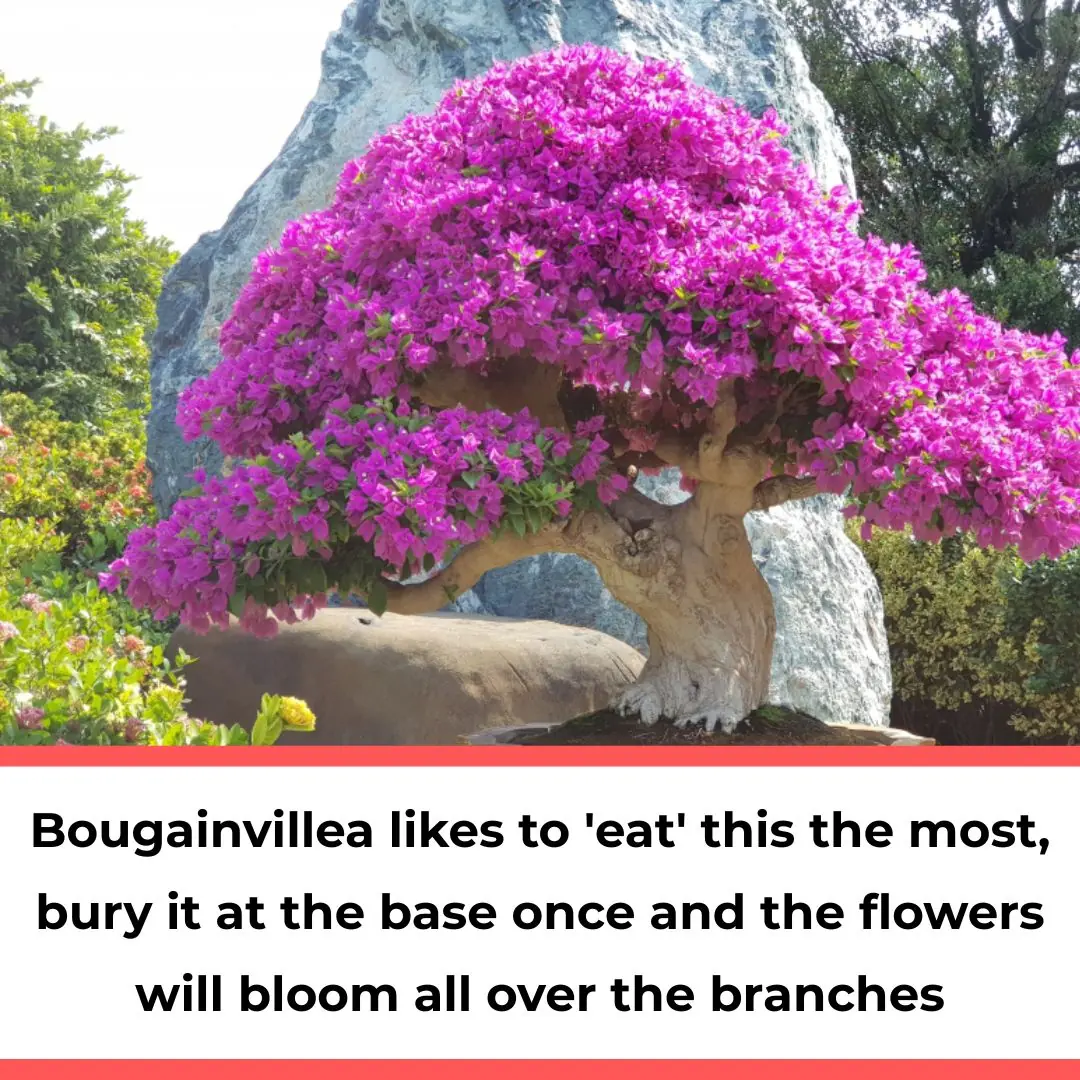
Bougainvillea likes to 'eat' this the most, bury it at the base once and the flowers will bloom all over the branches

The elders say: "If you put these 3 things on top of the refrigerator, no matter how much wealth you have, it will all be gone." What are these 3 things?
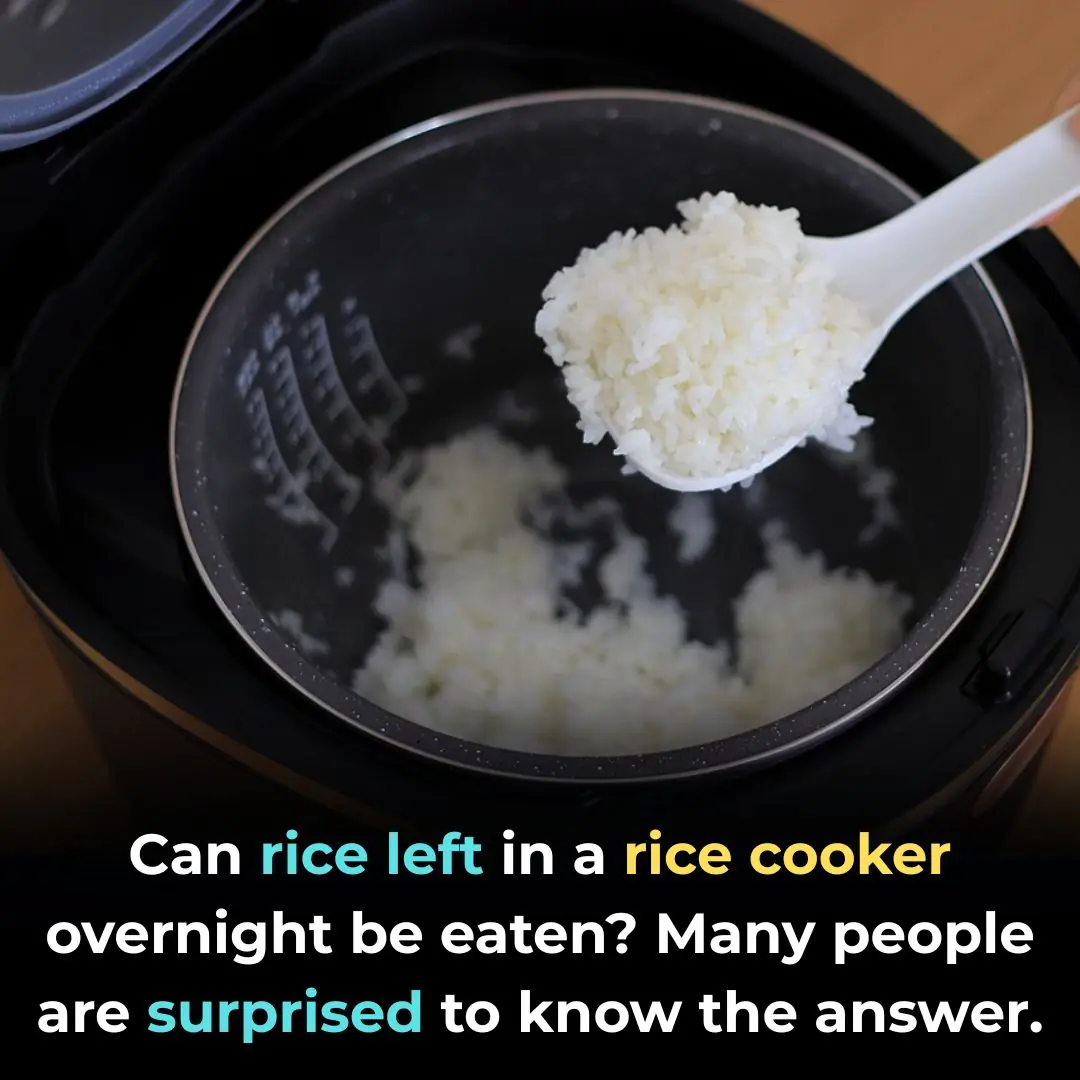
Can rice left in a rice cooker overnight be eaten? Many people are surprised to know the answer.
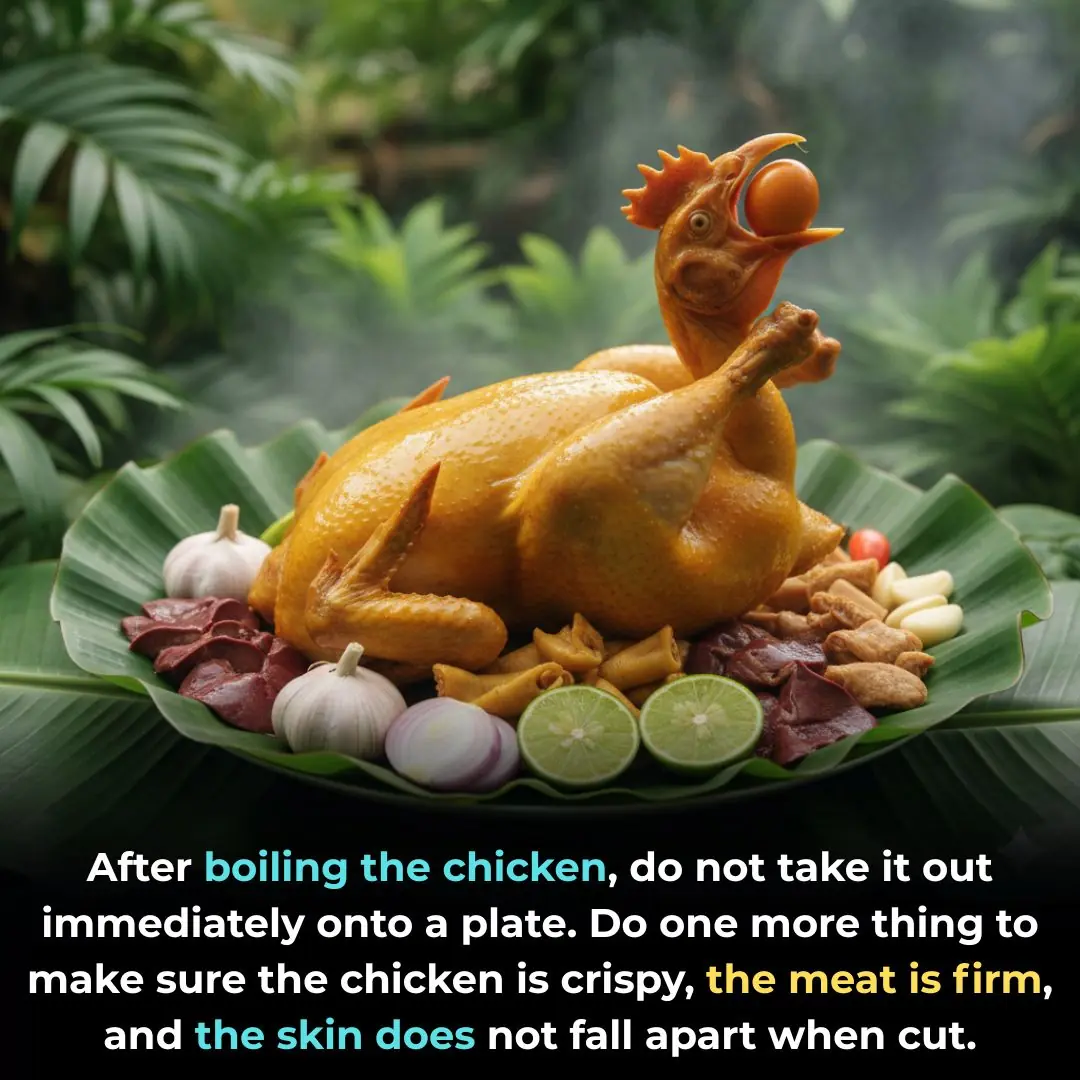
After boiling the chicken, do not take it out immediately onto a plate. Do one more thing to make sure the chicken is crispy, the meat is firm, and the skin does not fall apart when cut.
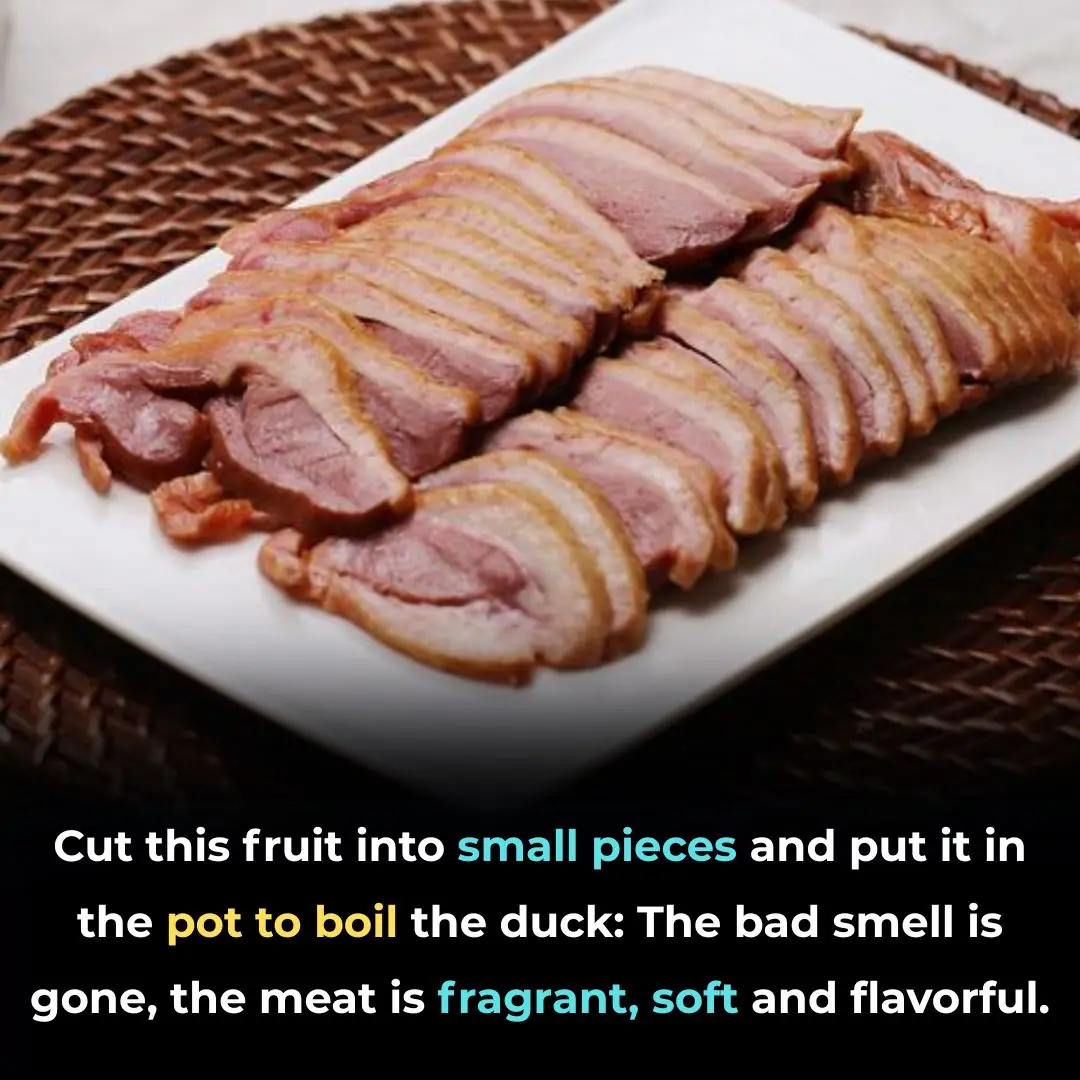
Cut this fruit into small pieces and put it in the pot to boil the duck: The bad smell is gone, the meat is fragrant, soft and flavorful.
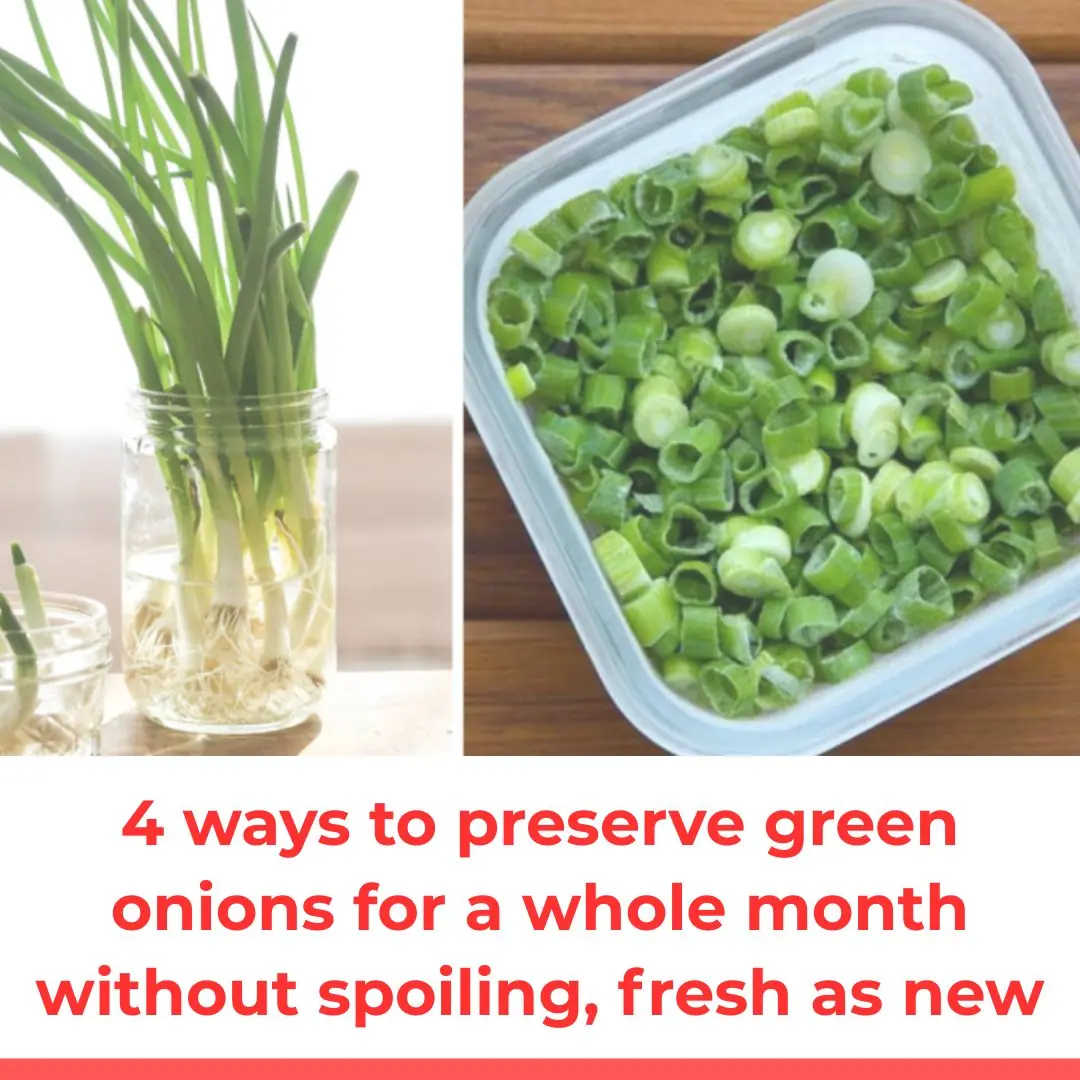
4 ways to preserve green onions for a whole month without spoiling, fresh as new

How to Effectively and Safely Repel Mosquitoes with Natural Ingredients

Tie Two Old Toothbrushes Together – A Clever Hack That Solves Common Household Problems
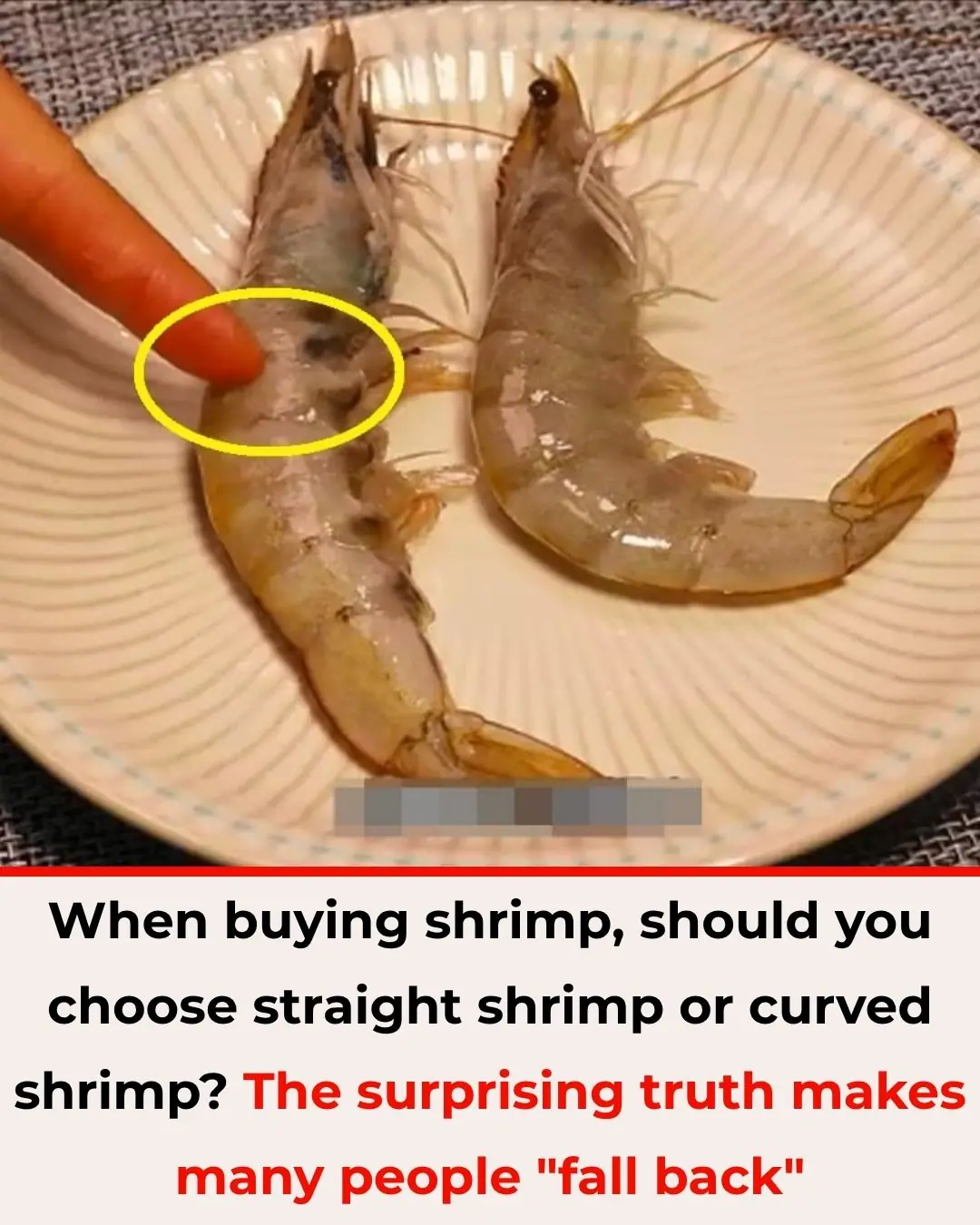
When buying shrimp, should you choose straight shrimp or curved shrimp? The surprising truth makes many people "fall back"

The way to distinguish naturally ripened tomatoes from chemically sprayed tomatoes is very simple: Just look at this point

Secret to Creamy Gourmet Mashed Potatoes

10 reasons why adding lemon juice to your toilet tank is a must-do trick

The rubber gasket of the washing machine is moldy, apply this on the surface, no matter how dirty it is, it will be clean.

If You See These 3 Things in a Motel or Hotel Room, Check Out Immediately

What Are the Loops on the Back of Button-Down Shirts For?

Why do flight attendants often bring a banana on the plane? Turns out to do this

Mix laundry detergent with an empty beer can in the corner of the house: No matter how many mosquitoes are lost, they will be completely killed.
News Post
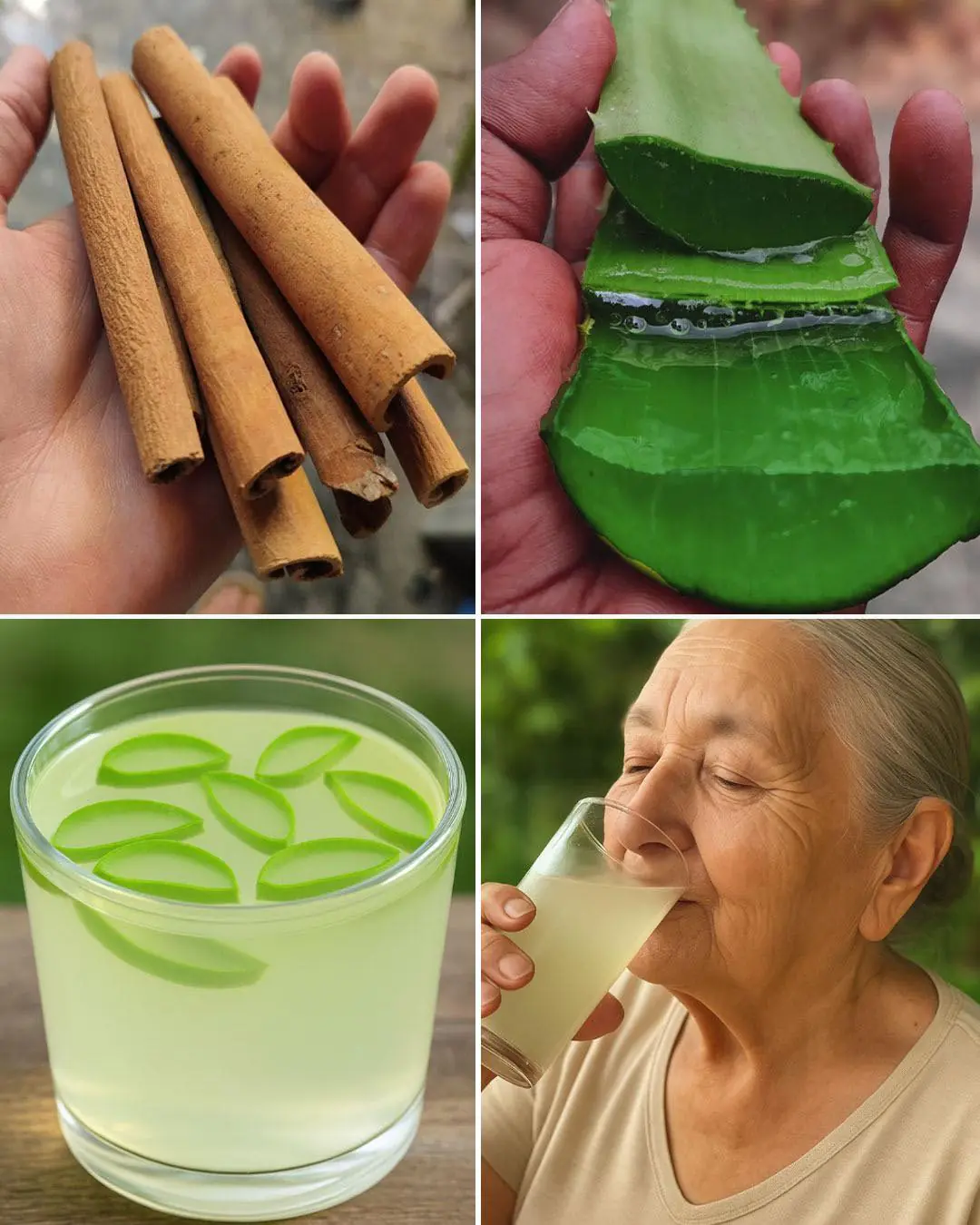
Aloe Vera and Cinnamon Remedy: Natural Benefits for Eye Health, Immunity, and Healing
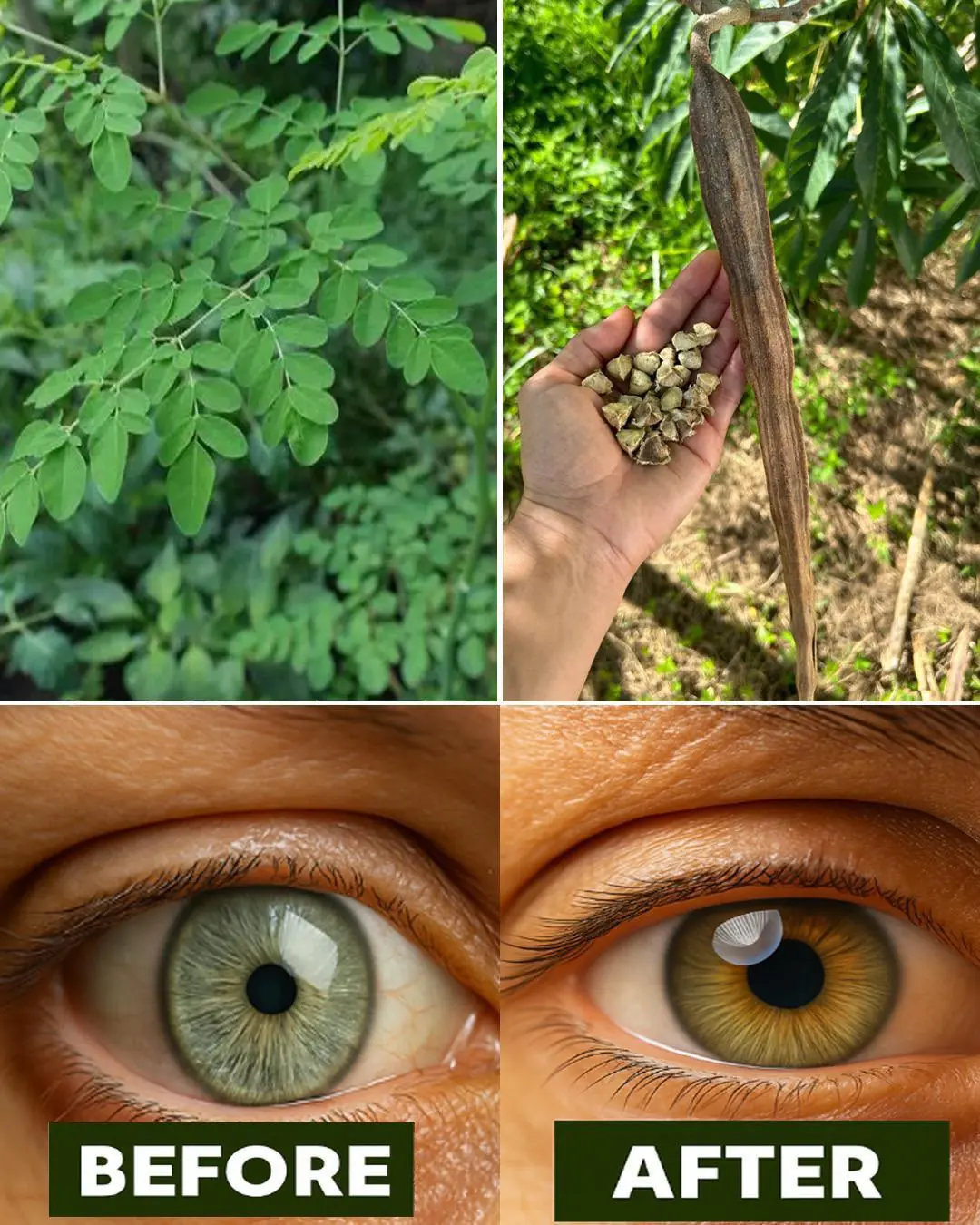
12 Powerful Benefits of Moringa Seeds
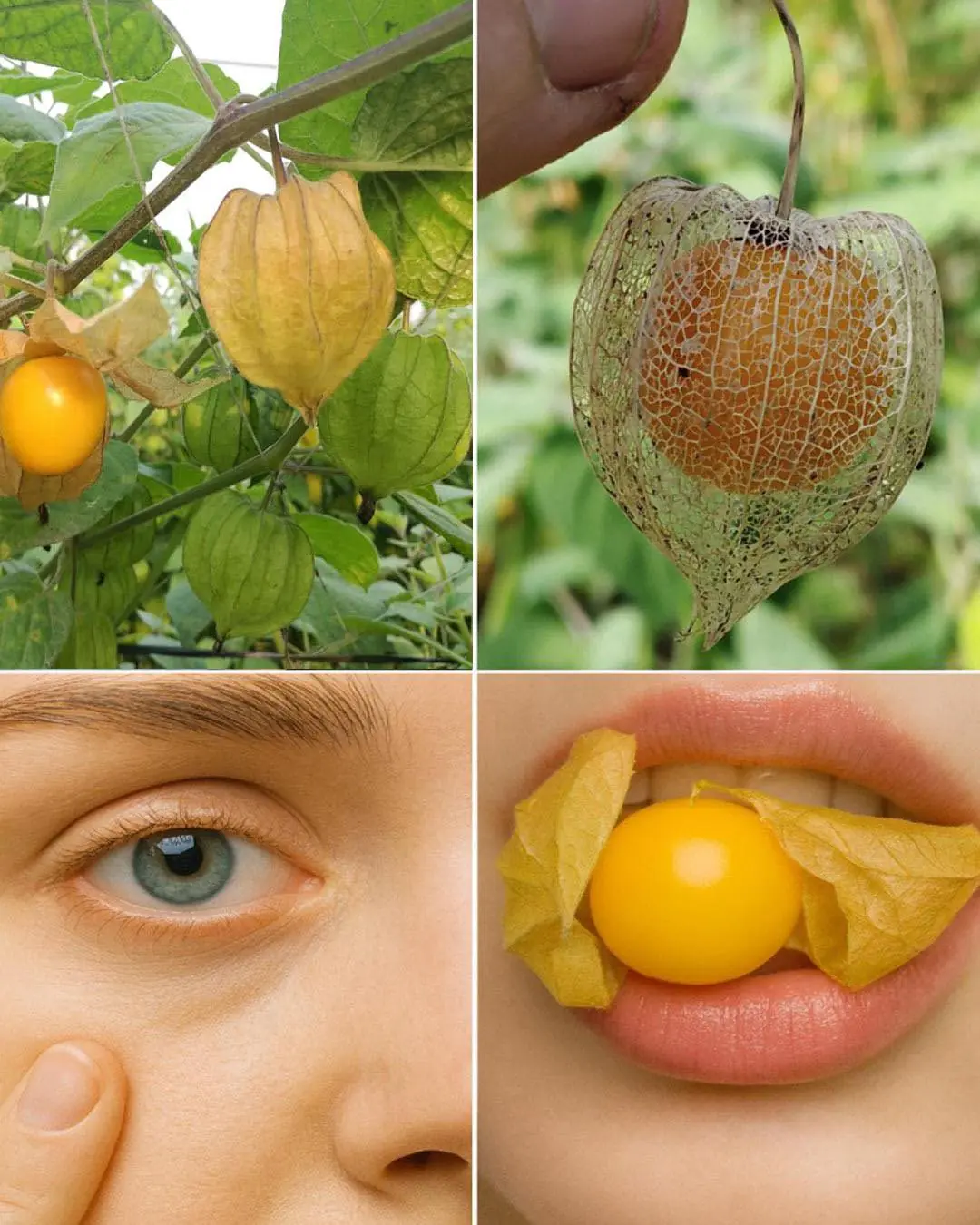
Goldenberries (Physalis peruviana): A Nutrient-Packed Powerhouse for Health and Vision
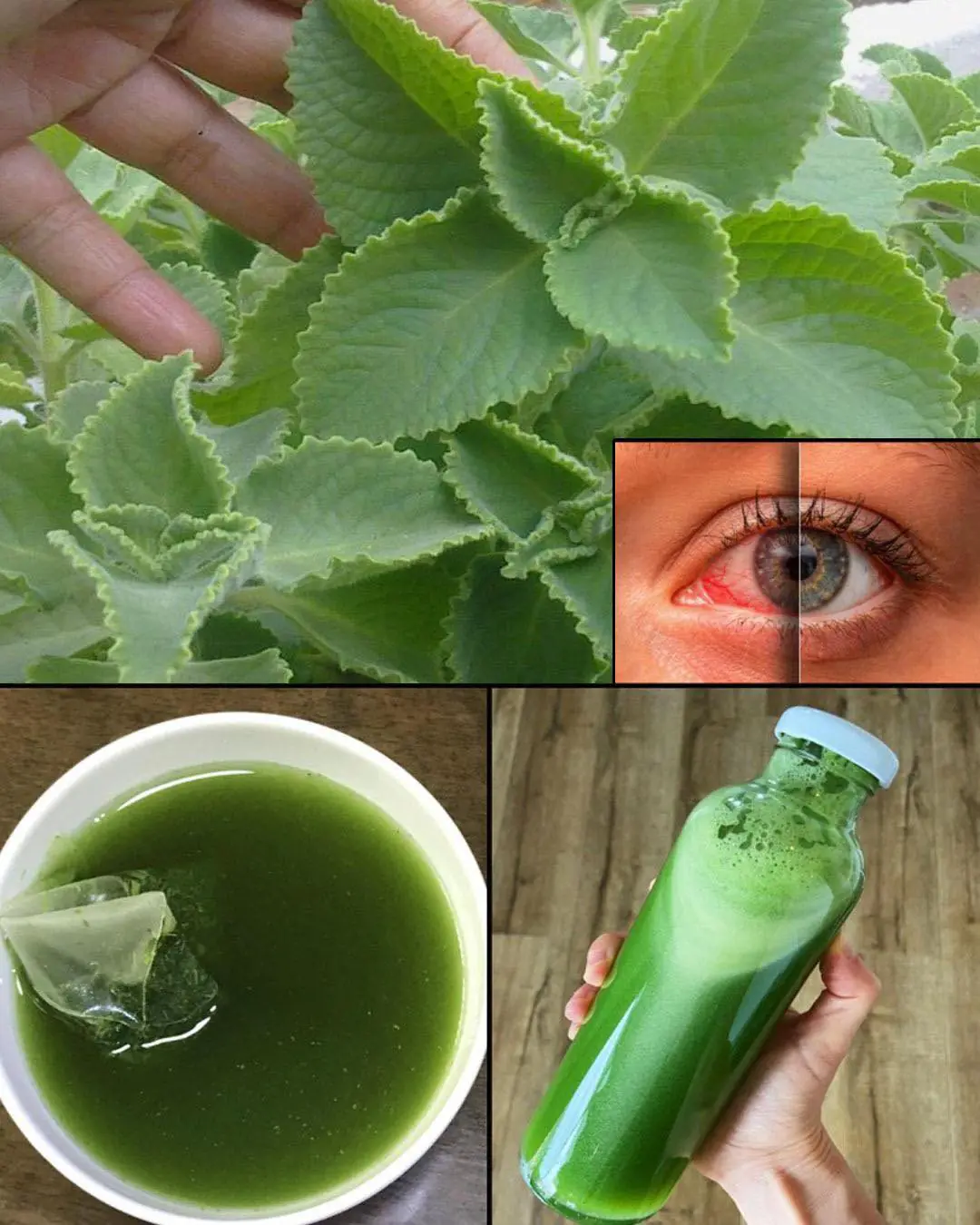
Oregano: The Golden Herb for Eye Health
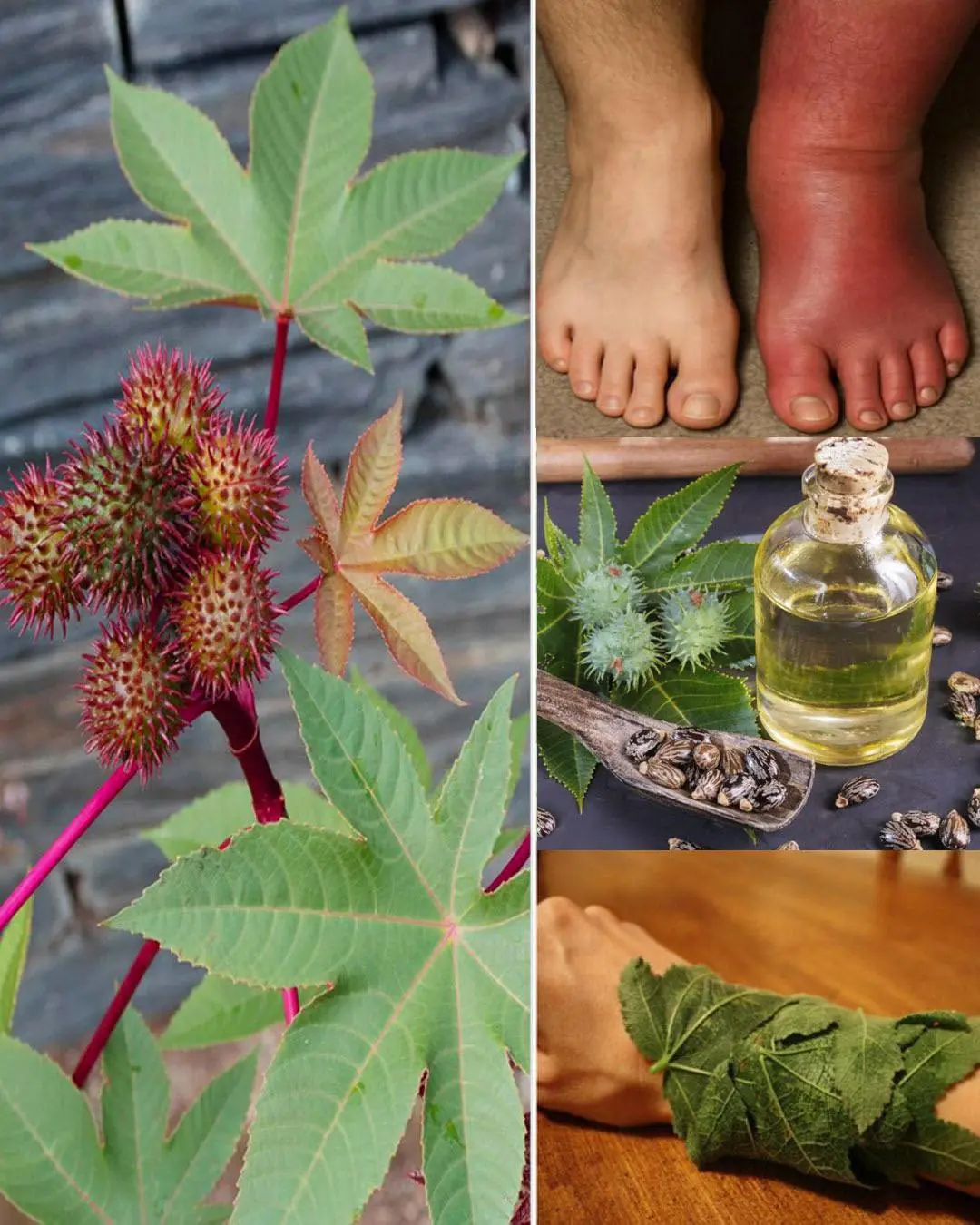
Some of the Benefits of Castor Leaves and the Seed
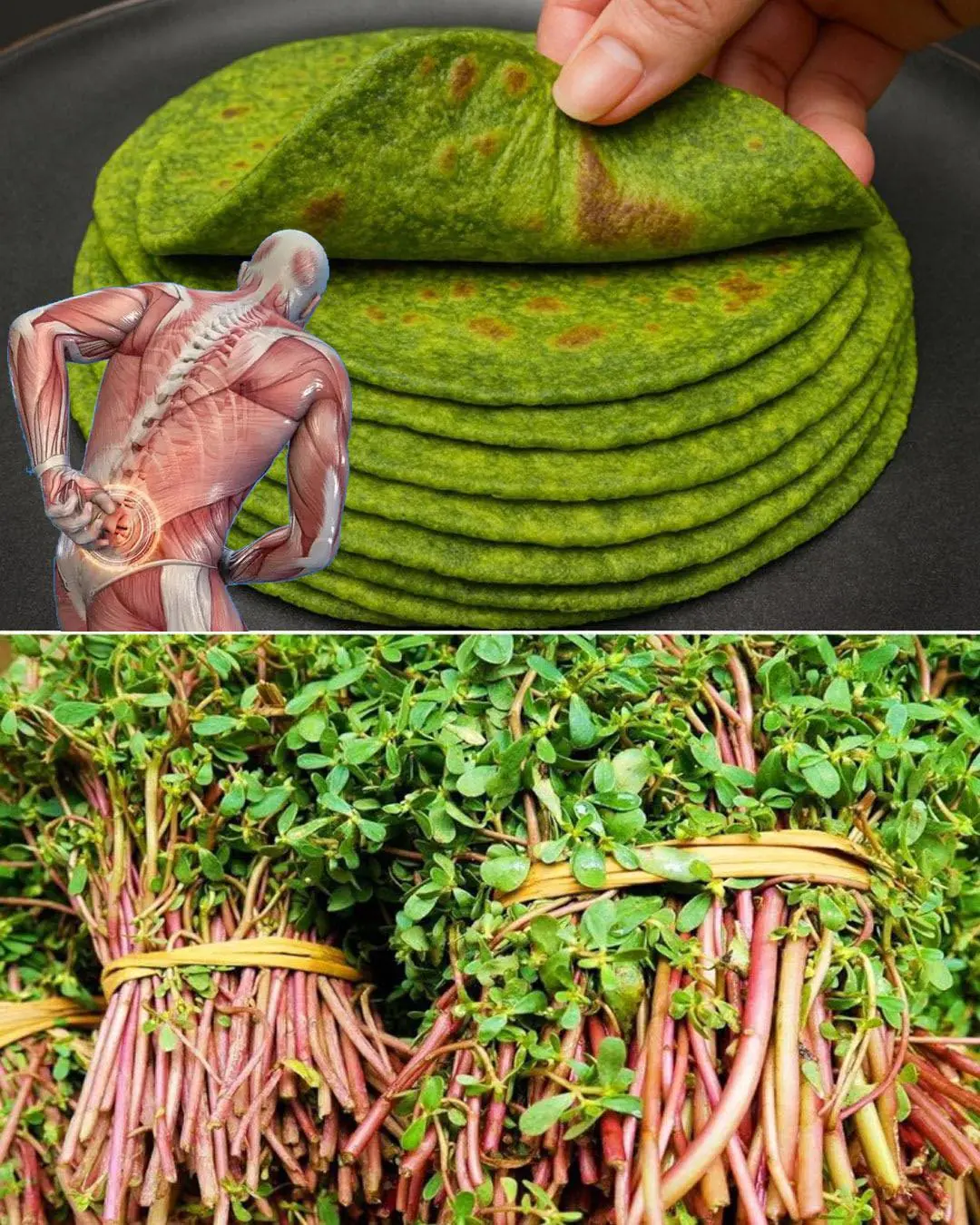
10 Benefits and uses of purslane
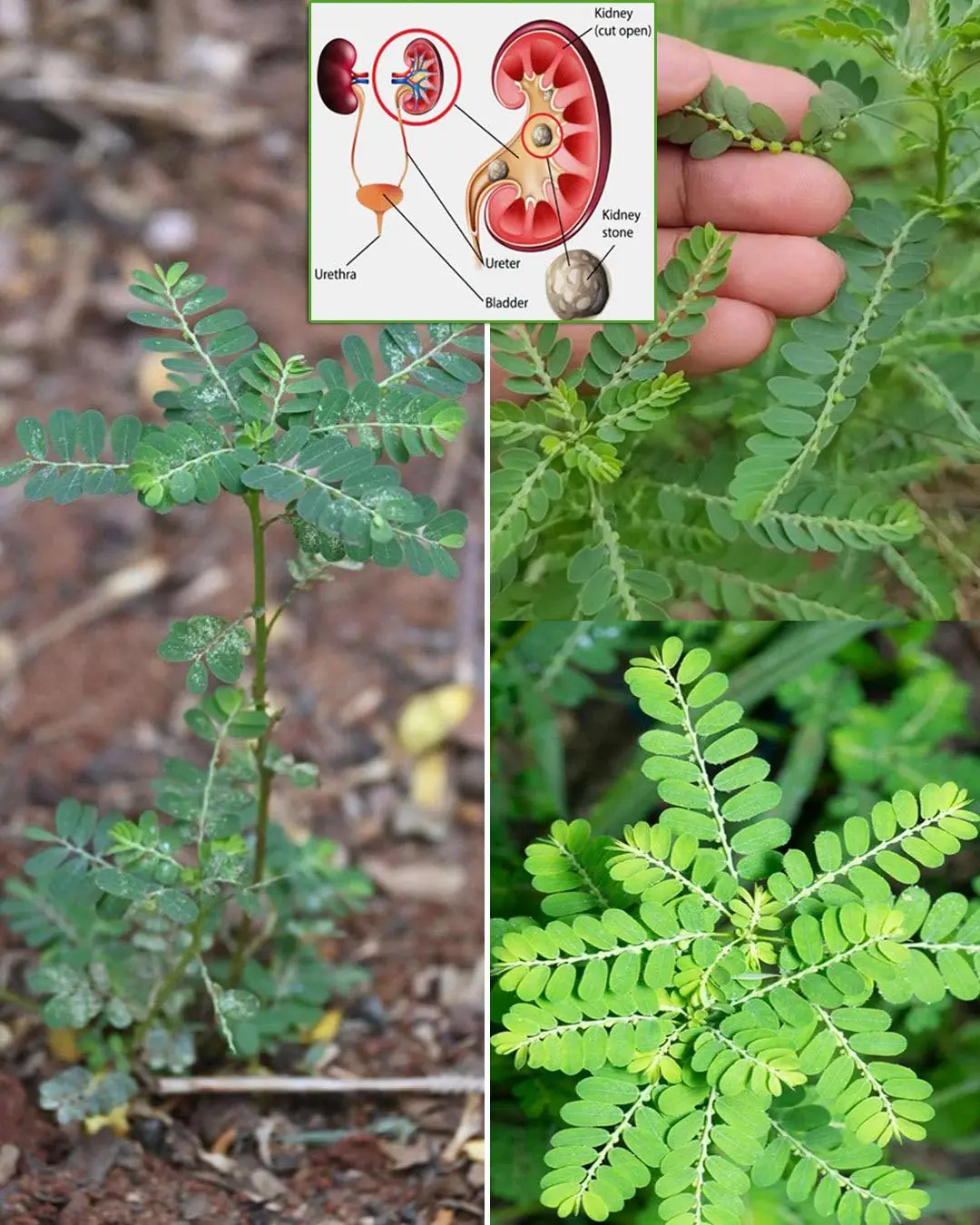
Chanca Piedra (Stonebreaker): Benefits and Uses

Do you need to unplug the rice cooker after the rice is cooked: The surprising answer November 27, 2024

7 Benefits Of Papaya Seeds & How To Consume Them Correctly

Bougainvillea likes to 'eat' this the most, bury it at the base once and the flowers will bloom all over the branches

The elders say: "If you put these 3 things on top of the refrigerator, no matter how much wealth you have, it will all be gone." What are these 3 things?

Can rice left in a rice cooker overnight be eaten? Many people are surprised to know the answer.

After boiling the chicken, do not take it out immediately onto a plate. Do one more thing to make sure the chicken is crispy, the meat is firm, and the skin does not fall apart when cut.

Cut this fruit into small pieces and put it in the pot to boil the duck: The bad smell is gone, the meat is fragrant, soft and flavorful.

Warts on Hands: Causes and Effective Natural Treatments

Medicinal Health Benefits of Turmeric, Curcumin and Turmeric Tea Based on Science

4 ways to preserve green onions for a whole month without spoiling, fresh as new

The best way to lower blood pressure fast!

9 Habits You Need To Adopt Today To Stop Alzheimer’s or Dementia Before It Starts
